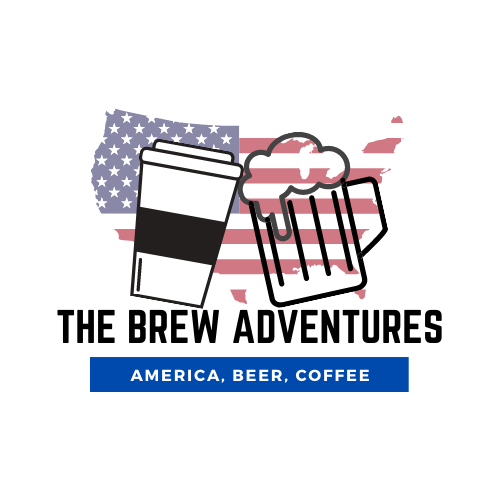Galaxy A(ustralian) Pale Ale - Homebrew Recipe and Results
It’s been a long time coming. We finally got our hands on some tropical Galaxy hops for our space exploration summer, and we thought the best place to start was to brew an A(ustralian)PA with the hops as our guiding light.
There really is nothing better than brewing and testing a hop’s diversity in its truest form. So, to start, we sought some advice from great brewers to see what wisdom they had to offer for brewing a solid APA. Some like a complex malt bill, but in an article on byo.com, Vinnie Cilurzo, the genius behind Russian River Brewing Company, suggested something simpler. And here it is for our 1-gallon recipe.
Malt:
2-Row - 95% (38 oz. for our 1-gal. batch)
Caramel 40L - 5% (1 oz. for our 1-gal batch)
Carapils - 5% (1 oz. for our 1-gal batch)
Bingo! Simple and straightforward, our final weight was 40 oz (2.5lbs) of malt for a 1-gallon recipe. We mashed this malt in 3 quarts water at 150℉ for one hour, then sparged with 1 gallon of 170℉ water.
To see the diversity of the Galaxy hops across the spectrum, we divided 0.7 oz. hops to get a nice even cover from bitterness to flavor to aromatics. I know many brewers find it sacrilegious to use Galaxy hops for bittering, but it is a high alpha-acid (13.7%) hop, and we wanted to know how it would affect the final flavor with a small bittering dose added at the start.
Hop additions: (Total 0.7 oz.)
60 min (start of boil) - 10% Total hops (0.07 oz. for our 1-gal batch)
15 min - 30% (0.21 oz for our 1-gal batch)
10 min - 30% (0.21 oz for our 1-gal batch)
0 min (flame-out) - 30% (0.21 oz for our 1-gal batch)
I’ll admit right off the bat that I screwed one of the additions and added it at ten minutes instead of five minutes. Live and learn. But, with all mistakes made, let’s see how this APA stacked up on the senses.
Once the wort cooled to 70℉ we added the 3.8 grams of Safale US-05 yeast and let it do its thing for two weeks. We then added 0.81 oz. of corn sugar for priming and let this APA sit for another two weeks. And here are our results.
First Impressions:
On the eyes--Very little head formation. And it is a clear golden color with a slight tint of orange.
On the nose--Gentle orange and peach are most prevalent. I also get some malt sweetness mingling with the more tropical (pineapple) aromas.
On the palate--The flavor matches the aroma! It has a lot of sweet fruit flavors that transfer nicely from the peach aromatics. It ends with a pleasant orange citrus bitterness that is not overbearing. We can attribute that medium bitterness to the early addition of the hops. This beer is quite balanced, but it does lean more to the malty side with the caramel coming forward, which is quite pleasant. But if we wanted it to lean more to the hoppy side, we would add up to a whole ounce of hops into this batch near the end of the boil. I’ve never brewed with Carapils malt before, but of course it brings with it a much divided opinion on mouth feel. I would say that it did affect the mouthfeel of our beer. Our water usage is consistent, and even with this small (2.5%) addition of Carapils, this beer does have a softer mouthfeel that doesn’t coat the mouth and finishes smoothly.
Verdict:
This APA is very pleasant. I was not expecting the low amount of Carapils to impact the final product much, but it did in a positive way. I can see how a larger amount in the grist could go even further to improve the mouthfeel.
Galaxy hops are not often used nowadays for a bittering hop, even though they do have a high alpha-acid, but it was interesting to use this hop on the bittering end, and it came with some good results. The bitterness resembled more of a smooth orange flavor with a touch of resin rather than the harsh citrus or resiny bitterness often associated with pale ales.
I do think this beer would have been better if I hadn’t added a dose of hops too early. I also think it would have been improved with a larger portion of hops, especially in the department of dry-hopping, where Galaxy really shines. Two easy fixes: stop drinking to forget on brew day, and stop being such a cheap bastard.
Overall, this is a great beer, and a really great way to experience Galaxy hops without any competing factors. I would make it again.
Cheers!
Mr. Brew

